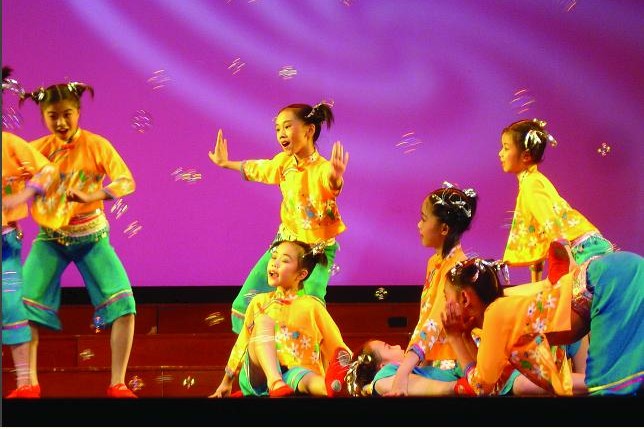·非遗百问·
28.非物质文化遗产保护的基本方式有哪些?
答:(一)建立保护名录制度。非物质文化遗产代表作名录体系的建立是保护工作的基础,既是抢救保存的前提,也是传承、弘扬的依据。
(二)将非物质文化遗产转变为有形的形式。通过搜集、记录、分类,建立档案,用文字、录音、录像、数字化媒体等手段,对保护对象进行全面、真实、系统地记录,并积极搜集有关实物资料,予以妥善保存。
(三)在它产生、生长的原始氛围中保持其活力,如一些礼仪形式的保存,以及文化生态保护区的保护方式。
(四)转化为经济效益和经济资源,以生产性方式保护。
(五)保护传承人。非物质文化遗产作为活态文化,其精粹内容是与该项目代表性的传承人联结在一起的。对项目传承人的保护应该是保护的工作重点。要以传承人为核心主体,通过传授、培训以及宣传,使非物质文化遗产项目得到传承,传承人的地位得到尊重。
Q28. What are the basic approaches for intangible cultural heritage protection?
Answer: (a) Setting up a catalogue system for protection work: a catalogue system for representative intangible cultural heritage items is the foundation of protection work, in the sense that it is the precondition for rescue, preservation, inheritance and promotion of intangible cultural heritage.
(b) Transferring the intangible cultural heritage into tangible forms: it is recommended to record the protected intangible cultural heritage in a faithful, systemic manner by way of texts, recording, video, and digital media after collection, documentation, and categorization of the intangible cultural heritage items.
(c) Maintaining the vigor and vitality of the intangible cultural heritage in the original environment where it is generated and developed, for instance, the maintenance of some ceremonial forms and establishment of cultural ecological reserve is encouraged.
(d) Converting the intangible cultural heritage into economic resource and benefits and conducting the protection in a productive manner.
(e) Protecting the inheritor: the intangible cultural heritage is a living culture, the essence of which is connected to its representative inheritor(s). Hence, it is important to protect such inheritor(s). Teaching, training and publicity shall be conducted to transmit the intangible cultural heritage and inheritor(s) shall be respected as the core subject.

童谣(闽南童谣)
(图片来源于福建省群众艺术馆——省非遗中心官网)


